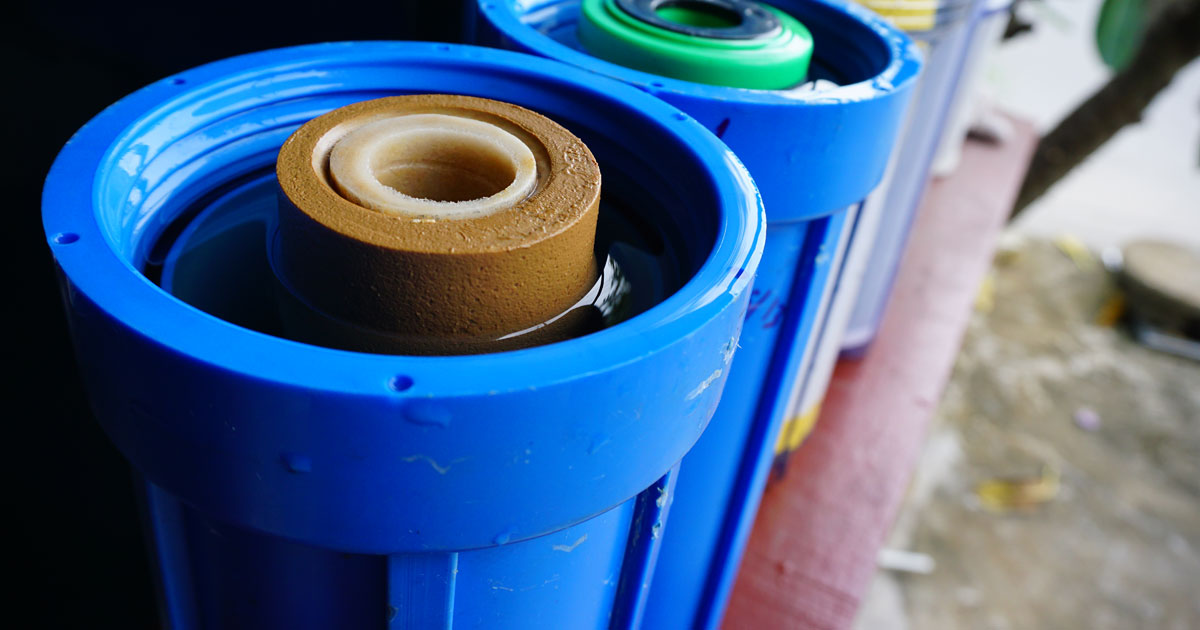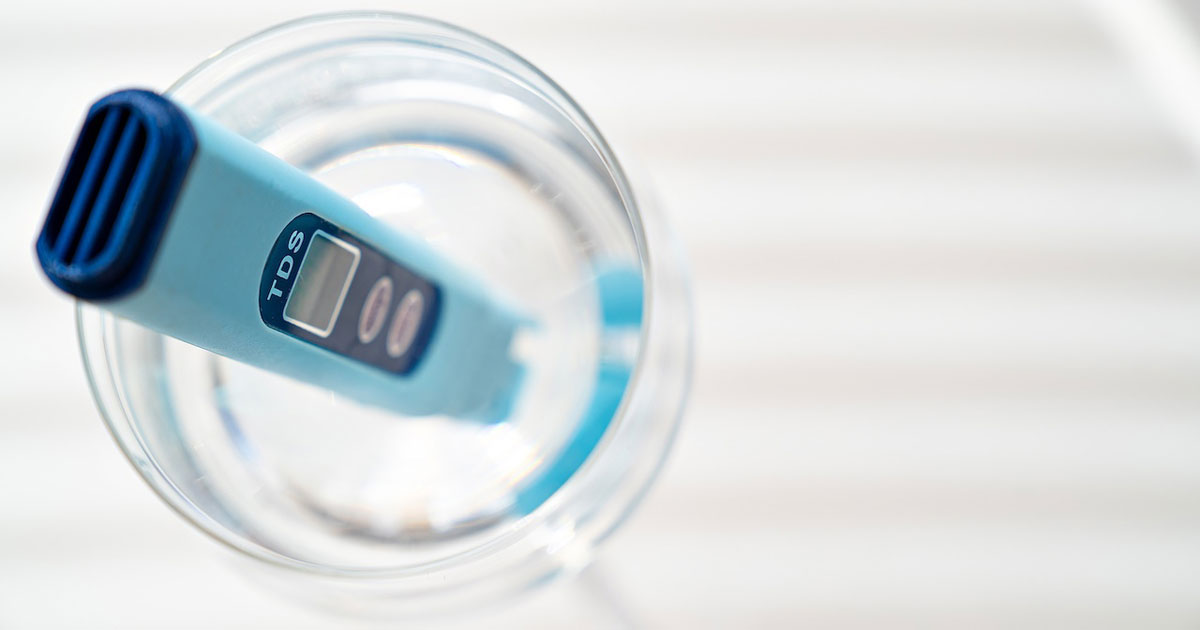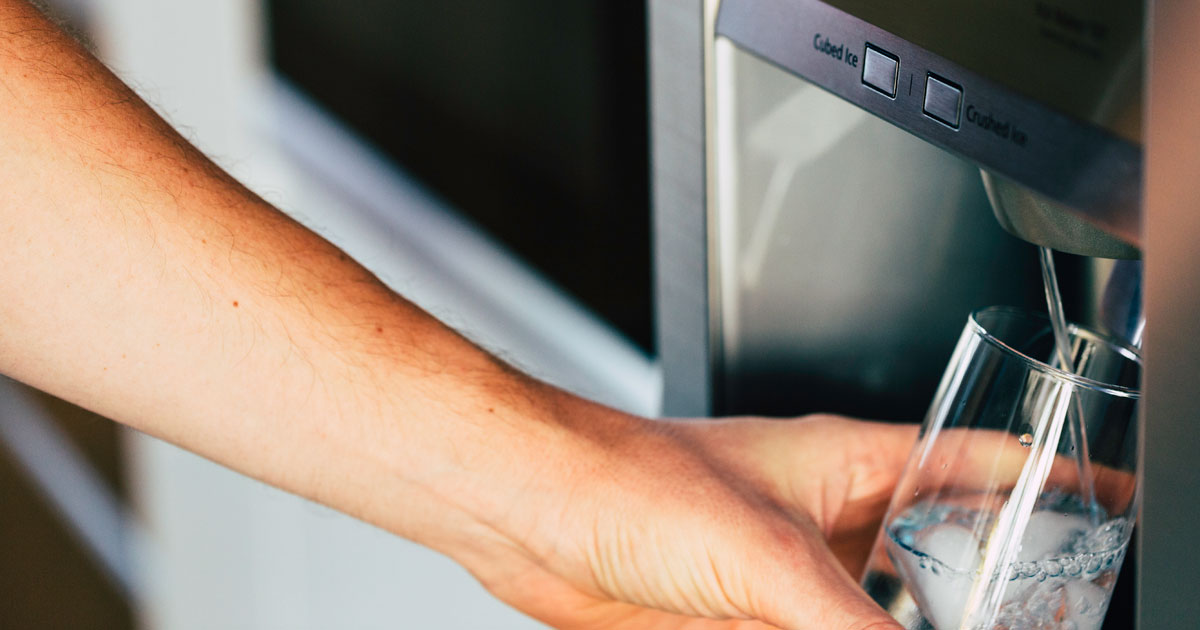Water Filter Troubleshooting: How to Fix Clogged Filters and Common Problems
 Andrew
November 26, 2025
#channeling
#cloggedfilter
#refrigeratorfilter
#troubleshooting
#waterpressure
Andrew
November 26, 2025
#channeling
#cloggedfilter
#refrigeratorfilter
#troubleshooting
#waterpressure
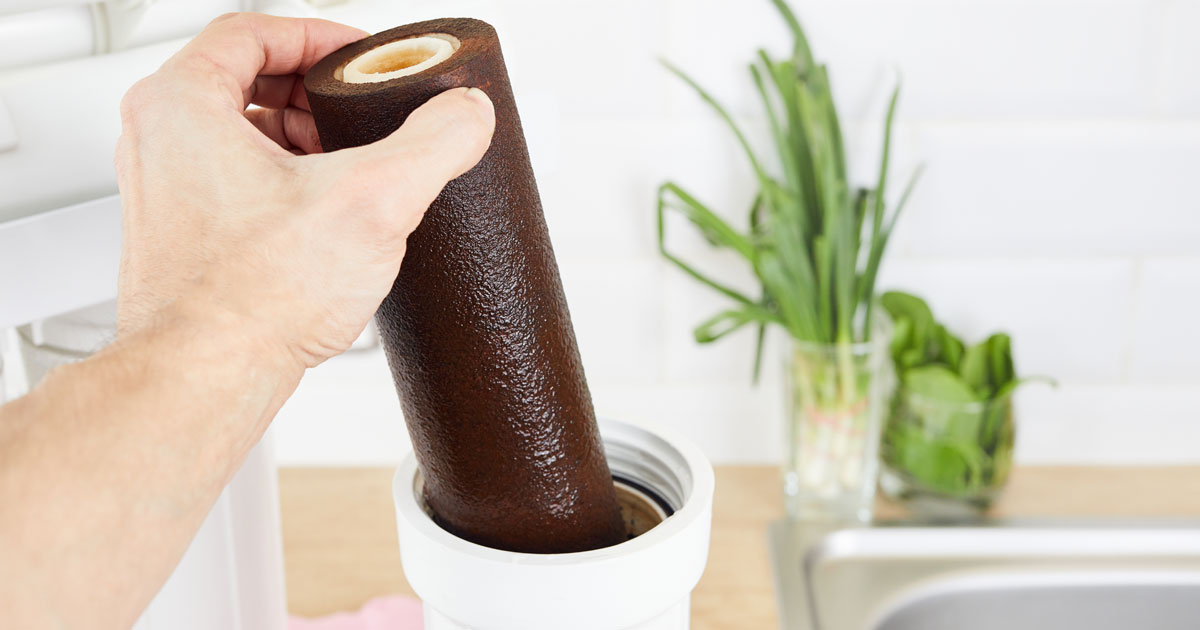
- Learn some of the common causes of filter problems, like high sediment loads or channeling in granular activated carbon
- Troubleshoot whole-house filtration and under sink reverse osmosis systems
- Examine a few "advanced" troubleshooting steps to better assess certain issues
- Tackle common problems with refrigerator filters and how to fix them
Water filters work through physical and chemical processes. Sediment filters trap particles in their fibers, carbon filters absorb contaminants through millions of tiny pores, and membrane filters like RO use pressure to force water through a semi-permeable barrier. When these mechanisms become overwhelmed or compromised, problems emerge that manifest as reduced flow, leaks, or water quality issues.
Common Causes of Filter Problems
A water filter becomes clogged typically from one of three issues: excessive contaminant load, improper installation, or exceeding the filter's lifespan.
High sediment levels can overwhelm filters designed for average conditions, causing premature clogging within weeks instead of months. If your water filter is leaking, it may also be from a clog, though a damaged o-ring in the housing, worn out or cracked parts, or misalignment are more likely causes. Installation errors like backward insertion or misaligned O-rings create immediate problems that often behave like a clogged filter.
Channeling represents another type of failure, where water finds the path of least resistance through granular activated carbon filter media, creating channels that bypass filtration entirely. This occurs when filters experience sudden pressure changes, freezing, or physical damage. You'll notice channeling when a filter that should last for months needs replacement in weeks, or when water quality deteriorates despite recent filter changes. Unlike standard clogging that reduces flow, channeling maintains flow but compromises filtration effectiveness.
Why does any of this matter? Filters used beyond their capacity don't just stop working; they can release trapped contaminants back into your water through a process called "dumping."

Early Warning Signs
Can a clogged water filter cause low water pressure? Absolutely. It's often the first symptom homeowners notice. Other indicators for fridge filters in particular include extended fill times for ice makers, cloudy ice cubes, strange tastes despite recent filter changes, and water intermittently spurting or surging from the refrigerator dispenser. It's not normal and you shouldn't have to put up with it. For whole house water filter systems, watch for pressure differences between hot and cold water, as hot water bypasses your filter system and provides a baseline comparison.
Air locks create unique symptoms: sputtering water, excessive noise during dispensing, and irregular flow that improves temporarily after use. These symptoms occur when air becomes trapped in filter housings, particularly after filter changes or system maintenance. Unlike clogging, air locks often resolve with proper flushing procedures.
Larger filtration systems present more complex troubleshooting scenarios due to multiple stages, varied configurations, and higher flow demands. Understanding common failure points helps diagnose issues quickly.
Whole House Filter Diagnostics
First and foremost, check that you've installed filters in the correct sequence. Sediment before carbon filters in most applications, particularly at the point of entry. Reversed installation causes premature carbon fouling.
Pressure drops across whole house systems should not exceed 3–5 psi (or maximum 5–7 PSI in some systems) when clean. Greater drops indicate several possibilities:
- Severe clogging requiring immediate replacement
- Partially closed valves throughout the system
- Bypass valves accidentally left open
- Undersized filters for your flow requirements
- Multiple stages clogging simultaneously
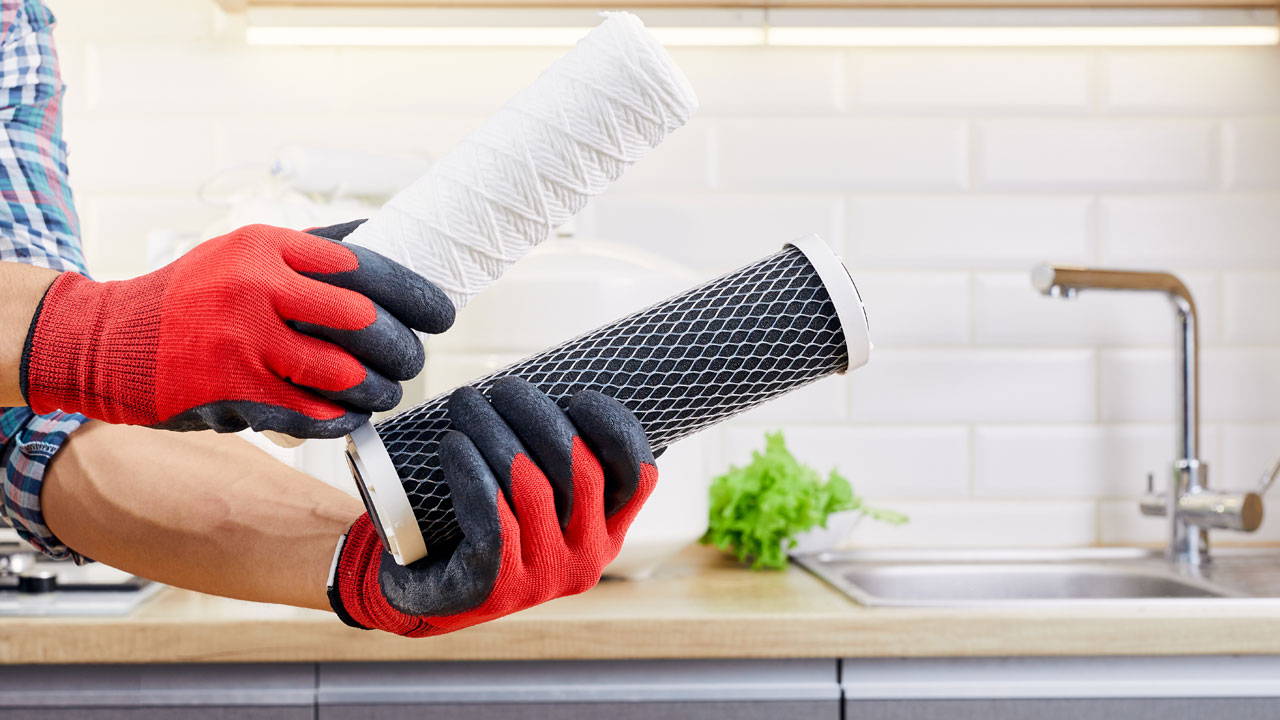
Advanced Whole House Troubleshooting
Sediment filters in whole house systems often clog faster than expected when source water contains varying particle loads. For example, sudden clogging after rain events indicates surface water infiltration requiring source correction, not just filter replacement. Wells with varying water tables might experience seasonal sediment changes that overwhelm standard filters. If this is a frequent issue, consider installing a backwashing sediment filter or "spin-down" pre-filter for heavy sediment loads.
Some pleated sediment filters tolerate gentle rinsing and limited reuse. Remove and spray with a garden hose from inside out, though this only extends life marginally. Because of their depth filtration mechanism, string-wound and melt-blown filters cannot typically be cleaned beyond a superficial rinse. Carbon block filters should never be rinsed as this damages the binding agents holding the carbon together.
Channeling in whole house carbon filters appears as black water initially clearing, then returning intermittently. This indicates structural failure requiring immediate replacement. Frozen filters almost always channel after thawing. Replace any filter exposed to freezing temperatures regardless of apparent condition.
When whole house filters clog prematurely despite proper sequencing, test your source water for other contaminants like iron bacteria, manganese, other dissolved minerals that oxidize and precipitate after exposure to air, or levels of heavy metals that exceed your carbon's capacity. These require specialized treatment beyond standard filtration.
RO System Complications
Reverse osmosis systems run into issues in fairly predictable ways. Start troubleshooting by systematically checking:
- Tubing connections: Even slightly loose fittings cause major problems. Verify colored tubing follows system diagrams.
- Feed pressure: RO membranes typically require 40–80 PSI input pressure. Low or insufficient pressure causes slow production, incomplete tank filling, and poor contaminant rejection.
- Tank pressure: Check storage tank pressure with a tire gauge when empty. It should read 7–9 PSI. Low pressure causes slow flow, gurgling sounds, and "TDS creep" (a temporary or gradual increase in Total Dissolved Solids) where initial water shows high contamination before normalizing.
- Membrane condition: TDS creep persisting beyond the first glass indicates membrane fouling or seal degradation. While temporary creep after non-use is normal, consistent, high TDS requires membrane replacement.
Refrigerator filters face unique challenges due to their compact size and multi-function role in supplying both drinking water and ice. When problems arise, usually in the form of a slower flow or bad taste or odor, basic troubleshooting usually reveals simple fixes.
Quick Fixes for Clogs and Slow Flow
When your clogged water filter refrigerator reduces flow, try the soak-and-reverse technique: remove the filter, soak it in clean water for 15-30 minutes to prime the media and remove trapped air, then reinstall in the opposite direction. (Soaking for 15–20 minutes before installation can help condition and eliminate air bubbles in a new filter as well!) Some inline refrigerator water filters work bidirectionally, and reversing flow can clear minor blockages. Always flush a couple of gallons through afterward to remove loose particles and carbon fines.
Can a clogged water filter stop ice maker function? Yes—insufficient water pressure from a clogged filter prevents proper ice tray filling. If basic troubleshooting doesn't restore flow, check your home's water pressure (refrigerators typically require 20–80 PSI, though some require at least 40 for proper function) and consider whether high sediment levels require adding a pre-filter to protect your refrigerator filter.
Solving Leaks and Installation Issues
A fridge water filter leaking usually stems from O-ring problems or improper seating. Inspect the O-ring for damage or displacement, applying vegetable oil if dry to help create a proper seal.
Installation alignment or RFID authentication may affect certain models, including newer filters like the GE RPWFE. While modified tabs on updated models can present an issue, inserting something round into the filter housing, like the handle of a wooden spoon handle, can gently realign the housing manifold components. Advice like this abounds in online forums when you search for your model.
For extended guidance on taste issues, new filter flushing procedures, and selecting compatible replacements, see our article specifically covering refrigerator water troubleshooting. Remember, though, the question, "When should water filters be changed?" depends on usage. Most last 6 months or 200–300 gallons, but poor source water can cut this lifespan in half.
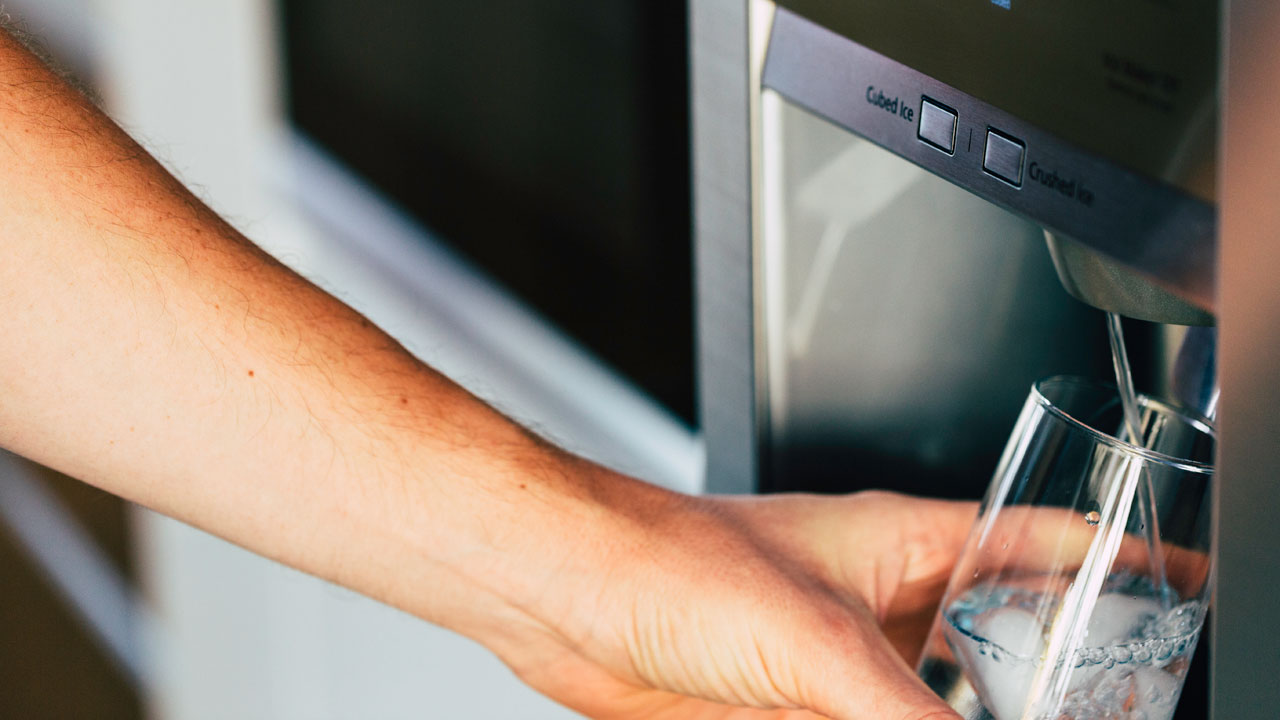
When to Call Professionals
Call for help when you encounter electrical issues with UV systems or pumps, persistent leaks after checking all connections, whole house pressure problems affecting hot water too, or RO systems producing water with consistently high TDS readings or inexplicable pressure drops after all other troubleshooting fails. Meanwhile, complex commercial systems often require professional service for warranty compliance. The SpiroPure industrial RO manual provides technical specifications for larger systems beyond typical residential scope.
Keeping Your Water Flowing
Remember, water filter troubleshooting usually reveals simple solutions: a misaligned O-ring, exceeded filter life, or trapped air. Understanding these basics saves service calls and prevents damage from ignored symptoms. Whether solving refrigerator filter problems or diagnosing complex RO issues, systematic checking and proper maintenance keep your water flowing cleanly and reliably.
Before assuming filter failure, always check:
- Water pressure at supply (20–80 PSI for residential systems)
- Bypass valves aren't accidentally open
- Filter installation direction and O-ring seating
- Filter age against manufacturer recommendations
- Visible sediment accumulation on pre-filters
- All tubing connections for RO systems
For immediate fixes, try:
- Soaking and reversing refrigerator filters
- Flushing 2-3 gallons through new installations
- Checking storage tank pressure in RO systems (7–9 PSI)
- Applying food-grade lubricant to O-rings
- Verifying filter sequence in multi-stage systems
- Releasing air locks through extended flushing
Replace filters immediately when:
- Flow doesn't improve after troubleshooting
- Water taste/odor persists after proper flushing
- Visible damage or warping appears
- Manufacturer's lifespan exceeded
- Pressure drop exceeds 10 PSI in whole house systems
- TDS readings in RO water exceed source by less than 90% reduction



